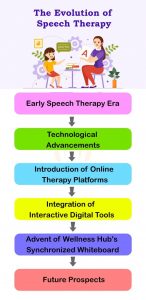Mastering Bilabial Sounds in Children: A Parent’s Guide
By Rajini D
Last Updated: December 5, 2023
Bilabial sounds are fundamental components in language development, particularly in young children. These sounds, represented by /p/, /b/, and /m/, are among the first phonetic skills acquired by children. Typically, mastery of these sounds is observed in children around the ages of 2 to 3 years old. This early development stage is crucial for their overall speech and language skills.
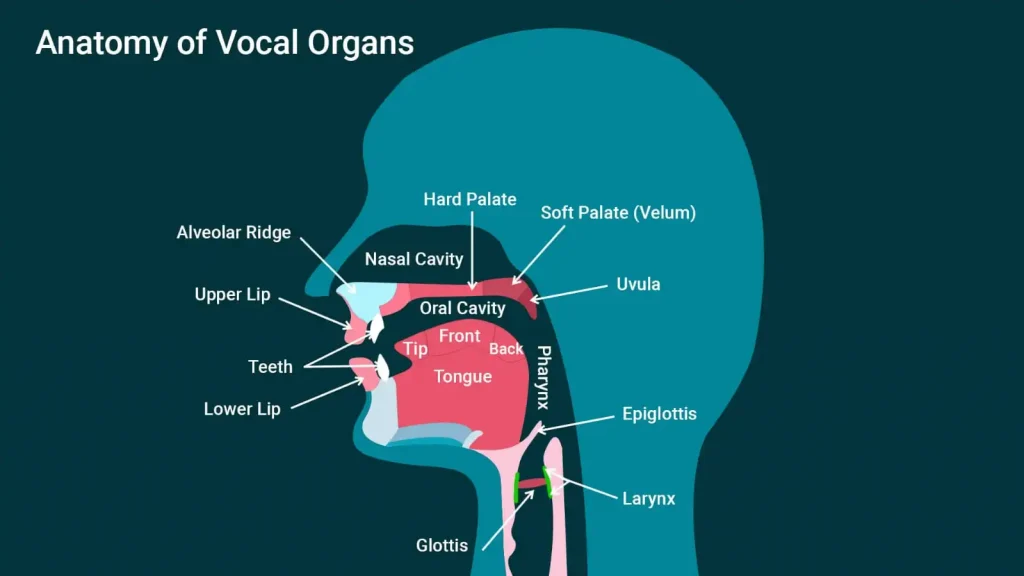
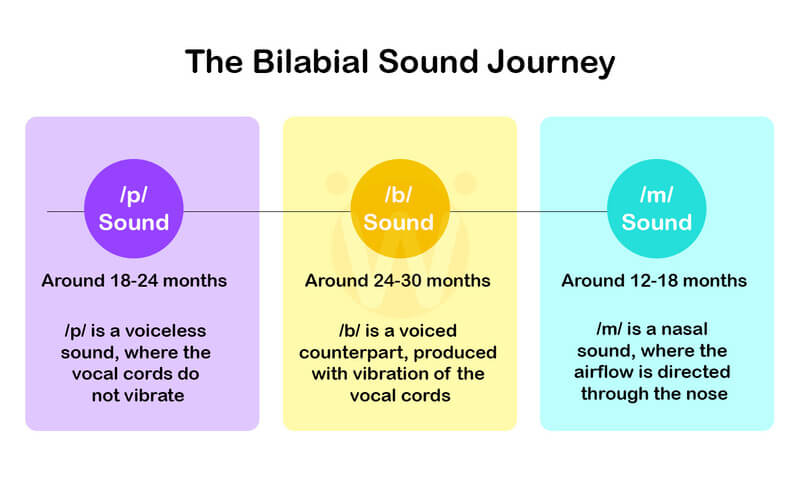
Understanding Bilabial Sounds
Defining Bilabial Sounds:
Bilabial sounds are made using both lips, hence the term “bilabial” (bi=two, labial=lips). These sounds are significant in many languages and form the foundation of early speech development. The sounds /p/, /b/, and /m/ are the most common bilabial sounds. Each of these has unique characteristics:
- /p/ is a voiceless sound where the vocal cords do not vibrate.
- /b/ is a voiced counterpart produced with the vibration of the vocal cords.
- /m/ is a nasal sound where the airflow is directed through the nose.
Explore the possibilities of online speech therapy in our feature on Online Speech Therapy Redefined with Telebasics.
Techniques for Teaching Bilabial Sounds
Helping children master bilabial sounds can be a rewarding process. Here are some effective techniques:
Technique 1: Progression of Articulation therapy
Syllables to Words:
Starting with syllables is a fundamental step in teaching bilabial sounds. Syllables are easier to manage than full words, making them a great starting point. For example, begin with simple syllables like “pa”, “ba”, and “ma”. Once the child is comfortable with these, gradually introduce more complex syllables and eventually words, such as “paper”, “baby”, and “mama”.
Words to Sentences:
After mastering syllables, the next step is forming words. This gradual progression builds confidence and reinforces the child’s understanding of how bilabial sounds integrate into regular speech. Eventually, these words can be combined into short sentences, further enhancing the child’s speaking ability.
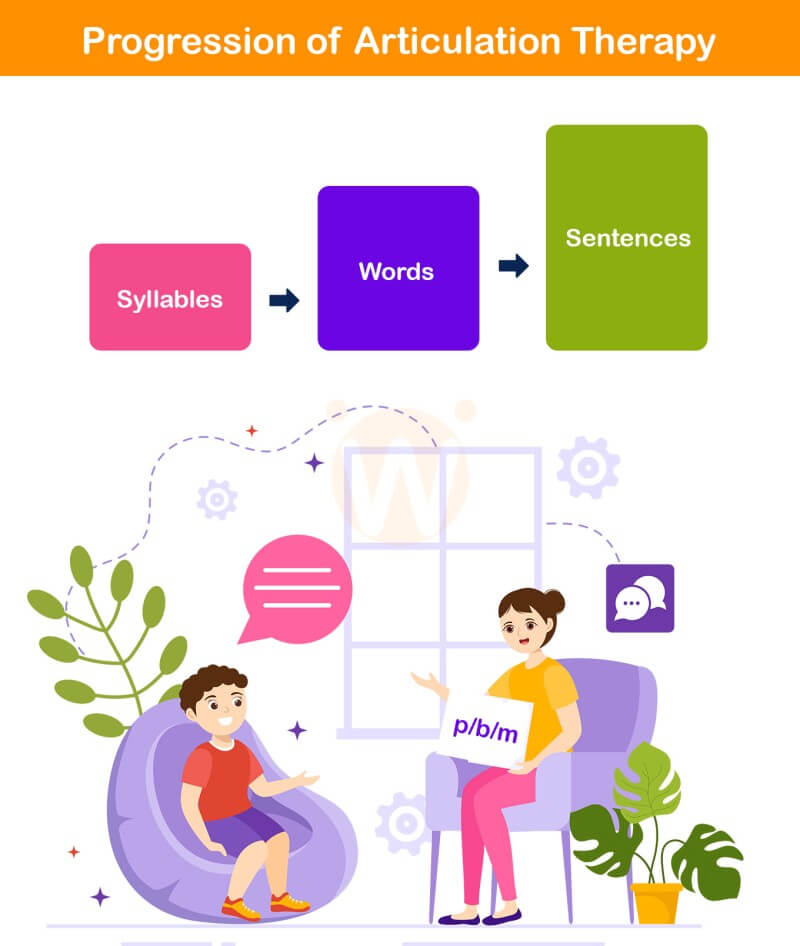
Technique 2: Tactile or Touch Cues
Physical Cues for Each Sound:
- /p/ Sound: Gently press the child’s lips together and then release them to produce the /p/ sound. This helps them feel the burst of air.
- /b/ Sound: Similar to /p/, but with a focus on feeling the vocal cords vibrate.
- /m/ Sound: Encourage the child to feel the vibration in their nose by placing a finger gently on the bridge of the nose.
Using Tactile Cues Effectively:
These physical cues help children understand how to position their lips and use their breath. Repeat these exercises regularly, guiding them through the sensations associated with each sound.
Technique 3: Visual and Auditory Support
Visual Placement Articulation Cards:
Use visual cards showing how to position the lips for each sound. These cards often include images illustrating the lip positions for /p/, /b/, and /m/. The visual representation helps children understand the physical aspects of sound production.
Auditory Repetition Exercises:
Repetition is key in learning bilabial sounds. Regularly practicing the sounds, syllables, and words enhances auditory memory and speech muscle coordination. For example, repeating the sound /m/ in various contexts (e.g., “mom”, “milk”, “more”) reinforces learning.
Complement these techniques with targeted Lip Exercises for Speech Development to enhance articulation skills.
These techniques, focusing on syllable progression, tactile cues, and visual-auditory support, are essential tools in teaching bilabial sounds. Consistent practice and a step-by-step approach can significantly aid in the child’s speech development journey. Tailoring these methods to the individual needs of each child ensures a more effective and enjoyable learning experience.
Specific Practices for Each Sound
The /p/ Sound
Teaching Steps
- Lip Position: Teach the child to press their lips together tightly.
- Breath Control: Instruct them to build up air pressure behind their lips and then release it sharply, making the /p/ sound.
- Practice: Start with repeating the /p/ sound, then move to syllables like “pa”, “pe”, “pi”, and eventually to words like “pop”, “puppy”, and “apple”.
The /b/ Sound
Teaching Steps:
- Voice Vibration: Unlike /p/, /b/ is a voiced sound. Teach the child to feel the vibration in their throat.
- Lip Position: Similar to /p/, but with a gentler release.
- Comparison with /p/: Demonstrate the difference between /p/ and /b/. Let them feel the vocal cord vibration for /b/ and the absence of it for /p/.
The /m/ Sound
Teaching steps:
- Nasal Quality: Explain that the sound comes from the nose. Have them block their nose and feel the difference.
- Lip Position: Lips are closed, with the sound resonating through the nose.
- Humming: Start with humming to feel the nasal vibration, then transition to /m/ syllables like “ma,” “me,” and “mi,” and words like “mom,” “milk,” and “lemon.”
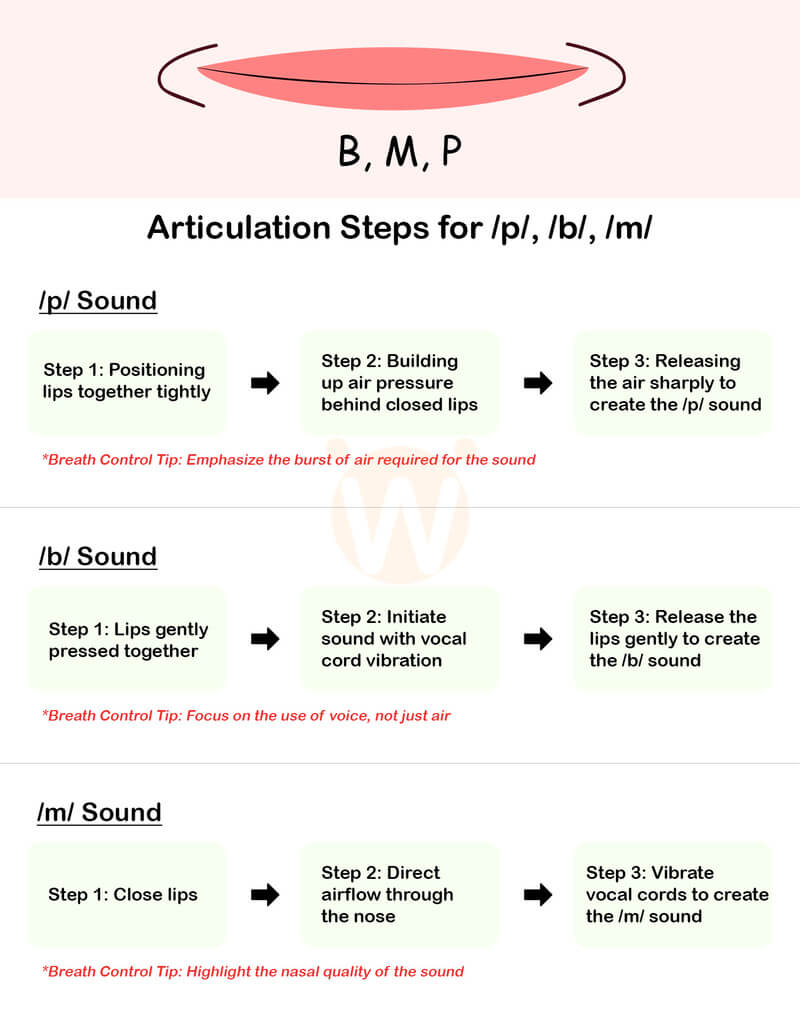
Each bilabial sound has its unique characteristics and requires specific teaching techniques. By focusing on the distinct aspects of /p/, /b/, and /m/, children can learn to differentiate and correctly produce these sounds. Reinforcing these lessons with appropriate book selections and practical exercises will further consolidate their learning and make the process enjoyable.
Advanced Practice and Word Lists

The /p/ Sound:
- Syllable Combinations: Practice combining /p/ with various vowels – pa, pe, pi, po, pu.
- Drills: Practice with pairs like “pat-bat”, “peel-beel”, “pie-bye” to distinguish /p/ from /b/.
- Word List for /p/ sound: Practice /p/ sound in Initial, Final and Medial position of a word.
Word List for /p/ sound:
/p/ Sound in Initial Position of a Word
CVC Words
- ‘a’ vowel: Pat, pan, pad, pack, path, pass, patch
- ‘e’ vowel: Pet, pen, peck, pest, peg, pent, pebble
- ‘i’ vowel: Pit, pin, pig, pick, pill, piss, pitch
- ‘o’ vowel: Pot, pod, pop, pond, polka, posh, pomp
- ‘u’ vowel: Pup, pun, pub, pug, pump, push, punk
More Complex Syllable Structures
- CVCC: Plank, plump, pluck, plinth, plod, plot, plume
- CCVC: Prank, print, prong, proud, prune, proof, probe
- CVVC: Pleat, plume, prune, prawn, praise, proof, poof
Additional Words
- Varied syllables: Propel, postpone, presume, perceive, portray, procure, proclaim
/p/ Sound in Final Position of a Word
CVC Words
- ‘a’ vowel: Cap, lap, tap, nap, map, gap, scrap
- ‘e’ vowel: Rep, weep, nep, hep, peep, seep, keep
- ‘i’ vowel: Rip, tip, dip, sip, hip, nip, grip
- ‘o’ vowel: Cop, hop, mop, pop, top, lop, stop
- ‘u’ vowel: Cup, pup, sup, up, rup, hup, bump
More Complex Syllable Structures
- CVCC: Crisp, grasp, clasp, gasp, wasp, clump, damp
- CCVC: Trump, plump, cramp, stump, thump, jump, pump
- CVVC: Scalp, gulp, whelp, kelp, pulp, help, yelp
Additional Words
- Varied syllables: Develop, envelop, harp, usurp, warp, sharp, carp
/p/ Sound in Medial Position of a Word
CVC Words
- ‘a’ vowel: Apple, happy, nappy, pappy, sappy, chapel, maples
- ‘e’ vowel: Pepper, peppy, kelp, help, yelp, stepper, leper
- ‘i’ vowel: Ripple, trippy, hippy, dippy, zippy, lippy, tippy
- ‘o’ vowel: Poppy, hopper, lopper, mopper, copper, topper, poplin
- ‘u’ vowel: Puppy, supper, upper, cuppa, huppah, puppet, pulpit
More Complex Syllable Structures
- CVCC: Purple, ripple, apple, topple, supple, sample, simple
- CCVC: Pumpkin, copper, poplar, purple, uppercut, supply, puppet
- CVVC: Open, operas, apex, sopping, popping, cupping, tipping
Additional Words
- Varied syllables: Opposite, apportion, supportive, perspective, ripple effect
The /b/ Sound:
- Syllable Combinations: Combine /b/ with vowels – ba, be, bi, bo, bu.
- Drills: Use minimal pairs to differentiate /b/ from /p/, such as “bat-pat”, “beel-peel”, “bye-pie”.
- Word List for /b/ sound: Practice /b/ sound in Initial, Final and Medial position of a word.
Word List for /b/ sound:
/b/ Sound in Initial Position of a word
CVC Words
- ‘a’ vowel: Bat, bag, ban, bad, back, bath, bash
- ‘e’ vowel: Bed, bet, bell, bend, best, beg, bent
- ‘i’ vowel: Bin, bit, big, bid, bill, bin, biff
- ‘o’ vowel: Box, bot, bog, bond, bolt, boss, bond
- ‘u’ vowel: Bun, bug, bus, but, bump, bush, bunk
More Complex Syllable Structures
- CVCC: Brisk, blob, bluff, blast, blink, block, blimp
- CCVC: Black, brine, blare, breed, brute, breeze, broach
- CVVC: Bleak, bloom, broom, brain, braid, broil, booth
Additional Words
Varied syllables: Beyond, bombard, brigade, beseech, besmirch, befriend, bewilder
/b/ sound in Final Position of a word
CVC Words
- ‘a’ vowel: Cab, lab, dab, tab, nab, jab, crab
- ‘e’ vowel: Reb, web, neb, herb, verb, pleb, cub
- ‘i’ vowel: Rib, bib, crib, fib, nib, sib, glib
- ‘o’ vowel: Rob, cob, lob, sob, job, hob, knob
- ‘u’ vowel: Tub, hub, rub, sub, cub, grub, shrub
More Complex Syllable Structures:
- CVCC: Scrub, drab, crib, blurb, grub, thumb, lamb
- CCVC: Thumb, lamb, bomb, comb, limb, tomb, numb
- CVVC: Bulb, snob, glob, squib, knob, club, scrub
Additional Words
Varied syllables: Disturb, absorb, adverb, microbe, probate
/b/ sound in Medial Position of a word
CVC Words
- ‘a’ vowel: Rabbit, tabby, cabby, labby, gabby, abbot, habit
- ‘e’ vowel: Webbed, rebel, ember, rubber, timber, pebble, herbal
- ‘i’ vowel: Ribbon, orbit, fibber, crib, glib, habit, inhibits
- ‘o’ vowel: Robe, lobe, globe, probe, robot, nobel, sobbing
- ‘u’ vowel: Tubby, bubbly, rubber, scrub, club, sublet, disturb
More Complex Syllable Structures:
- CVCC: Cobble, bubble, rubble, jumble, humble, tumble, fumble
- CCVC: Cobweb, cupboard, subplot, webcast, robocall, hubcap, ebbtide
- CVVC: Orbit, absorb, suburb, carbon, robbing, cubicle, cupboard
Additional words
Varied syllables: Describe, absorbent, disturber, improbable, unobstructed
The /m/ Sound:
- Syllable Combinations: Practice /m/ with various vowels – ma, me, mi, mo, mu.
- Drills: Mix /m/ with other bilabial sounds: “mom-bomb”, “me-be”, “mop-pop”.
- Word List for /m/ sound: Practice /m/ sound in Initial, Final and Medial position of a word.
Word List for /m/ sound:
/m/ Sound in Initial Position of a Word
CVC Words
- ‘a’ vowel: Mat, man, mad, map, mash, mass, match
- ‘e’ vowel: Met, men, mend, mesh, mess, melt, meth
- ‘i’ vowel: Mit, min, mix, mid, mill, miss, miff
- ‘o’ vowel: Mop, mod, mob, mock, moss, moth, monk
- ‘u’ vowel: Mud, mug, must, muck, muff, mush, munch
More Complex Syllable Structures
- CVCC: Minsk, mock, muff, must, mink, mock, mump
- CCVC: Mound, mint, mirth, murk, muse, moot, moan
- CVVC: Meal, moan, moon, main, maid, moil, moot
Additional Words
- Varied syllables: Marvel, monitor, mandate, meditate, migrate, mislead, mumble
/m/ Sound in Final Position of a Word
CVC Words
- ‘a’ vowel: Cam, lam, dam, jam, ram, ham, clam
- ‘e’ vowel: Hem, gem, rem, them, stem, phlegm, emblem
- ‘i’ vowel: Rim, dim, him, slim, brim, trim, skim
- ‘o’ vowel: Mom, pom, tom, bomb, rom, comb, dom
- ‘u’ vowel: Hum, sum, bum, drum, chum, thumb, plum
More Complex Syllable Structures
- CVCC: Crumb, thumb, climb, grime, rhyme, chime, prime
- CCVC: Thumb, clump, grump, chump, trump, stump, plumb
- CVVC: Gloom, bloom, plume, flume, room, spume, brume
Additional Words
- Varied syllables: Program, diagram, telegram, chrysanthemum, datum, prism, anthem
/m/ Sound in Medial Position of a Word
CVC Words
- ‘a’ vowel: Hammer, mammoth, camber, amber, samurai, mambo, clamor
- ‘e’ vowel: Member, ember, timber, simmer, hemlock, demure, remember
- ‘i’ vowel: Mimic, limit, dimmer, simmer, timbre, criminal, mimicry
- ‘o’ vowel: Moment, homely, comely, omelet, comet, common, summon
- ‘u’ vowel: Humble, mumble, cumulus, rummage, lumber, number, humdrum
More Complex Syllable Structures
- CVCC: Mammoth, ambush, mimic, summit, crumble, tumble, humble
- CCVC: Compost, impact, amplify, embassy, ombudsman, empathy, humidify
- CVVC: Moment, commute, immune, volume, costume, fumigate, automate
Additional Words
- Varied syllables: Commemorate, ombudsman, thermometer, momentum, amalgamate, illuminate
Understanding the influence of a child’s first language on bilabial sound articulation can significantly aid in teaching these sounds. Tailoring techniques to address these unique challenges, combined with advanced practice exercises and word lists, can greatly enhance a child’s proficiency in articulating bilabial sounds. This comprehensive approach ensures that children from diverse linguistic backgrounds can successfully master these essential components of speech.
Using Books and Everyday Activities
Select books that are rich in bilabial sounds (/p/, /b/, and /m/). Look for stories with words that frequently use these sounds. This repetition helps reinforce the sounds in a fun and engaging way.
While reading, emphasize the bilabial sounds. You can pause on these words, say them more loudly, or have the child repeat them. This not only makes reading interactive but also turns it into a learning experience.
Book Recommendations by Sound:
| Sound | Book Title | Key Words |
|---|---|---|
| /p/ | “Pat the Bunny” by Dorothy Kunhardt The Pout-Pout Fish” by Deborah Diesen. | pat, play puppy, pop |
| /b/ | “Brown Bear, Brown Bear, What Do You See?” by Bill Martin Jr. | bear, baby |
| /m/ | “Goodnight Moon” by Margaret Wise Brown | moon, mouse |
Incorporating Sounds into Daily Activities
Examples of Activities:
- Playing Peek-a-Boo: Emphasize the /p/ sound in “Peek-a-boo!” This game is not only fun but also a great way to practice the /p/ sound in a natural setting.
- Opening Jars: When opening jars, say “pop!” to highlight the /p/ sound. This can be a playful way to integrate learning into routine tasks.
- Mealtime: Use words like “banana” or “milk” to focus on the /b/ and /m/ sounds. Make it a game to spot and say words with these sounds during meals.
Contextual learning is key. When children hear and use bilabial sounds in daily activities, they understand their practical use. This makes learning more meaningful and memorable. By integrating these sounds into familiar and enjoyable activities, children are more likely to engage and retain what they learn.
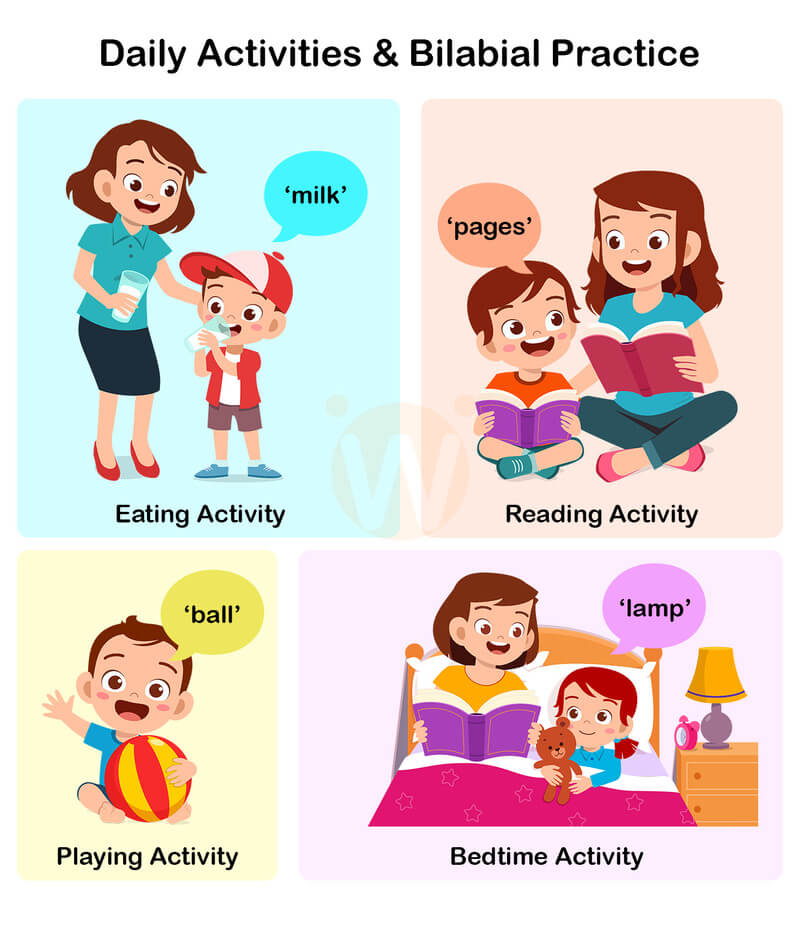
Conclusion
Books and everyday activities provide excellent opportunities to practice bilabial sounds in a natural, relaxed environment. By carefully selecting resources and creatively incorporating these sounds into routine activities, parents and educators can significantly enhance a child’s learning experience and proficiency in using these sounds.
Role in Language Development
The acquisition of bilabial sounds is a stepping stone in a child’s language journey. These sounds are not just individual phonetic units but also key elements in forming words, phrases, and, eventually, complex sentences. Their mastery is a significant milestone in a child’s ability to communicate effectively and confidently.
To understand how these sounds fit into the broader context of speech and language, check out our article on The Speech Chain.
Common Challenges
While many children navigate this stage without difficulty, some face challenges, particularly those with speech sound disorders. Common issues include:
- Difficulty in coordinating lip movements.
- Confusing similar bilabial sounds, like /p/ and /b/.
- Nasal emissions, especially with the /m/ sound.
- Delayed speech development due to inability to produce these sounds.
Children facing these challenges often benefit from early intervention and speech therapy, which can significantly improve their communication skills.
If you’re concerned about speech delays more broadly, our article on Speech Delay in Children offers comprehensive insights.
Recognizing and Overcoming Language Background Challenges
Influence of First Language:
A child’s first language significantly impacts how they articulate bilabial sounds. For instance, if their native language doesn’t differentiate between /b/ and /p/, they might struggle to produce these sounds distinctly in English. Similarly, languages that lack certain bilabial sounds or use them differently can pose unique challenges.
For broader concerns related to language development, consider reading about Language Disorders.
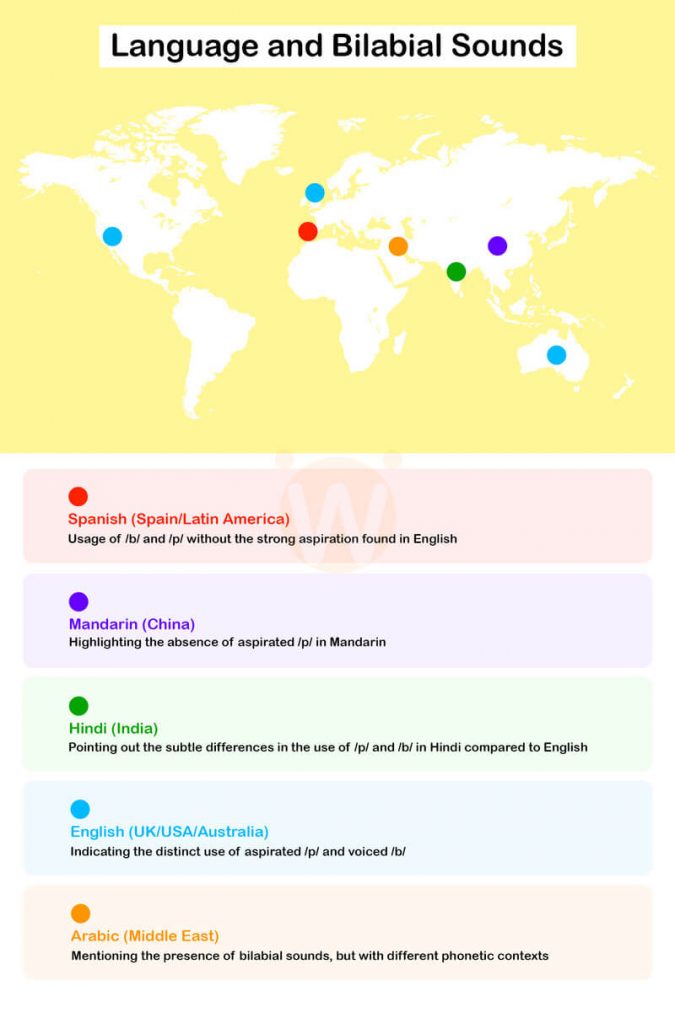
Tips for Different Linguistic Backgrounds:
- For Spanish Speakers: Spanish has both /p/ and /b/ but uses them differently than English. Emphasize the difference in voicing and aspiration.
- For Mandarin Speakers: Mandarin has the /b/ and /m/ sounds but not the /p/ sound in the same aspirated form as English. Focus on the distinction and practice with aspirated /p/.
- For Hindi Speakers: Hindi includes all three sounds, but the use of /p/ and /b/ can be less distinct. Work on clarifying these differences.
When to Seek Professional Help
Recognizing the Need for Speech Therapy:
- Age Consideration: If a child over the age of 3 is consistently struggling with bilabial sounds, it might indicate a need for professional assessment.
- Inconsistency: Difficulty in producing these sounds consistently or substituting them with other sounds.
- Frustration in Communication: Noticeable frustration or avoidance in speaking due to difficulty with these sounds.
- Comprehension Issues: Challenges in understanding or responding appropriately to these sounds in conversation.
For children with autism, mastering bilabial sounds can be part of a larger speech therapy program. Learn more about Speech Therapy for Autism.
Working with Speech-Language Pathologists (SLPs):
- Early Intervention: The earlier an SLP is consulted, the more effective the therapy can be.
- Collaborative Approach: Work collaboratively with the SLP by reinforcing exercises at home.
- Regular Updates: Keep regular tabs on the child’s progress and adapt strategies as recommended by the SLP.
Encouragement for Parents:
Mastering bilabial sounds is a crucial step in a child’s language development journey. While this process can sometimes be challenging, it is also a rewarding experience. Parents should take pride in each small step of progress and enjoy the journey of their child’s speech development. Remember, seeking professional help is a positive step towards ensuring your child’s successful communication skills. With patience, practice, and the right support, every child can make significant strides in mastering these fundamental sounds.
Children on the autism spectrum may have unique challenges with bilabial sounds. Find out more in our comprehensive guide on Autism Spectrum Disorder.
Conclusion
Key Points on Mastering Bilabial Sounds:
- Understanding the significance of bilabial sounds (/p/, /b/, and /m/) in speech development.
- Techniques for teaching and practicing these sounds are tailored to individual needs.
- Recognizing the influence of linguistic background on articulation.
- Advanced practices and the importance of context in learning.
- Guidelines for seeking professional help when needed.
Understanding and mastering bilabial sounds is a vital part of early speech and language development. Recognizing the typical age for mastering these sounds and identifying any challenges early can lead to timely and effective support for children who need it. This foundational step paves the way for robust language skills in later life.
For a detailed understanding of what other language milestones to expect at this age, see our guide on Speech and Language Milestones for 2 to 3-Year-Olds.
Frequently Asked Questions (FAQs)
1. At what age should my child master bilabial sounds?
Most children master bilabial sounds (/p/, /b/, and /m/) by the age of 2 to 3 years. However, individual variations are common, and some children may take a little longer.
2. How can I tell if my child is having trouble with bilabial sounds?
Difficulty in producing the /p/, /b/, and /m/ sounds consistently, substituting these sounds with others, or avoiding using words with these sounds may indicate a challenge.
3. Are there any simple activities to encourage bilabial sound practice at home?
Yes, activities like practicing oral-motor exercises, reading books rich in bilabial sounds, playing games like peek-a-boo, and emphasizing bilabial sounds in daily conversations can be very helpful.
4. What’s the difference between the /p/ and /b/ sounds?
The /p/ sound is voiceless (no vocal cord vibration), while the /b/ sound is voiced (with vocal cord vibration). This difference in voicing is key to producing these sounds correctly.
For parents and educators of non-verbal children, our guide on Navigating Online Speech Therapy for Non-Verbal Children can provide additional support.
5. My child speaks a language that doesn’t use bilabial sounds. Will this affect their English pronunciation?
It might. Children speaking languages without certain bilabial sounds might initially find it challenging to articulate these sounds in English. Specific practices and exercises can help them learn.
6. When should I consider professional help for my child’s speech difficulties?
If your child is over 3 years old and consistently struggles with bilabial sounds, or if their speech difficulties cause frustration or communication challenges, seeking a speech-language pathologist’s advice is recommended.
7. How can I support my child’s practice with a speech-language pathologist?
Reinforce the exercises and strategies provided by the speech therapist at home. Stay in regular communication with the therapist to monitor progress and make necessary adjustments.
8. Can learning bilabial sounds impact overall language development?
Absolutely. Mastery of bilabial sounds is a fundamental aspect of language development, aiding in forming words and sentences, thus enhancing overall communication skills.
9. Are there any specific books you recommend for practicing bilabial sounds?
Yes, books like “The Pout-Pout Fish” for /p/ sounds, “Brown Bear, Brown Bear, What Do You See?” for /b/ sounds, and “Goodnight Moon” for /m/ sounds are great.
10. How important is it to consider my child’s first language when teaching bilabial sounds?
Very important. Understanding the phonetic structure of the child’s first language can provide insights into potential challenges and inform more effective teaching strategies.
About the Author:
Rajini, Speech-Language Pathologist:
Rajini is a dedicated Speech-Language Pathologist with a focus on developmental speech and language disorders in children and rehabilitation in adults. With a passion for helping each individual find their voice, Rajini brings a wealth of experience and a heartfelt approach to therapy. At Wellness Hub, she’s part of a team that values innovation, compassion, and results-driven practices.
Book your Free Consultation Today
Parent/Caregiver Info:
Client’s Details:
* Error Message

